It sounds a bit cliché to say one’s art is a metaphor of someone’s life, but in the case of Ilse Nesbitt, this cliché is so fitting. Ilse’s handmade paper and artwork are embodied in her daily life, and her daily life is completely integrated into the paper and prints she produces. Almost like a vine twisted around a tree; you can’t tell where one starts and the other begins.
She grew up in Japan in the 1940’s when she was young, so her approach to making paper and prints and her general approach to her life is for me quite like the Japanese papermakers who told me an important truth long ago. Their hands are just one of the tools necessary in order for handmade paper to come to life. Ilse emphasizes that her mother was a very good artist with no training. While living in Japan, her mother took a Japanese brush painting class, therefore elements of Japanese art came into Ilse’s household early on.
I have no doubt there are other artists out there whose lives embody their artwork, but there’s something special about Ilse Nesbitt. She is clear about what she’ll make next. No hesitation, no wavering. Decisive and experienced. Always with a light acceptance in her smile when she talks about herself.
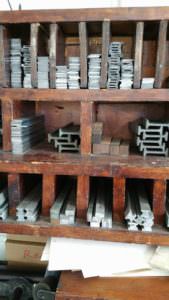
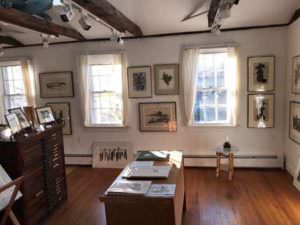

When I asked her: “When did you find your comfort zone with these printmaking techniques you are now using?” She replied: ” Quickly – very early” – She said she would not have continued with it, if it was not comfortable.
Although Ilse grew up in Japan in the 1940s, her family moved back to her birth country, Germany, when she was a teenager.
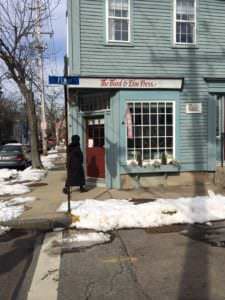
Ilse didn’t learn about typography until her third year of high school, and it wasn’t until she and her husband opened the Third & Elm Press in Newport that she became really dedicated to the craft.
She’d always enjoyed book design and painting, but printmaking was something she could do while raising children. She says that painting is like dancing: you must stay with it. With woodcuts, though, you can put the knife down when you have to answer a child’s cry. Producing printmaking blocks and plates also doesn’t require a separate studio. She likes that her work can be done on her kitchen table quite literally.
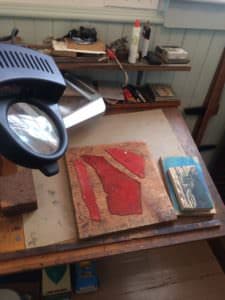 Ilse had always used handmade Japanese paper for her prints, but it wasn’t until she took a paper-making class at RISD in 1990 that she realized she could make her own paper at home. She took the class in November, and in December of that same year, her son gave her Timothy Barrett’s book, Japanese Papermaking: Traditions, Tools, and Techniques, which gives tips on the traditional craft of Japanese papermaking. She calls this book her “papermaking bible”. (That’s what I call it too!)
Ilse had always used handmade Japanese paper for her prints, but it wasn’t until she took a paper-making class at RISD in 1990 that she realized she could make her own paper at home. She took the class in November, and in December of that same year, her son gave her Timothy Barrett’s book, Japanese Papermaking: Traditions, Tools, and Techniques, which gives tips on the traditional craft of Japanese papermaking. She calls this book her “papermaking bible”. (That’s what I call it too!) 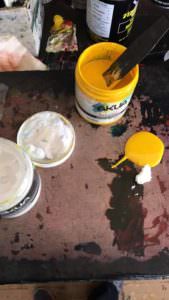
Looking at some samples of Ilse Nesbitt’s work, I can see that there is a lot of white space in her prints. She says that this space is the reason she started to make her own Japanese-style paper. Similar to the approach to surface as the many Japanese artists I have chatted with, Ilse also claims that the paper (surface) is an integral part of the image.
She wanted to take ownership of the surface- not just the inked area; thus she became the creator of the whole artwork from start to finish. Ilse’s papermaking is just another example of the complete integration of her life and art.
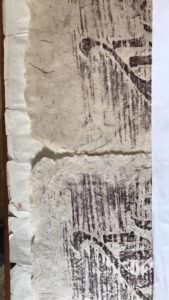
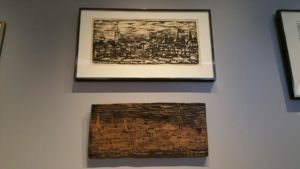
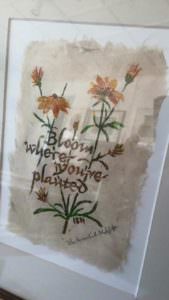

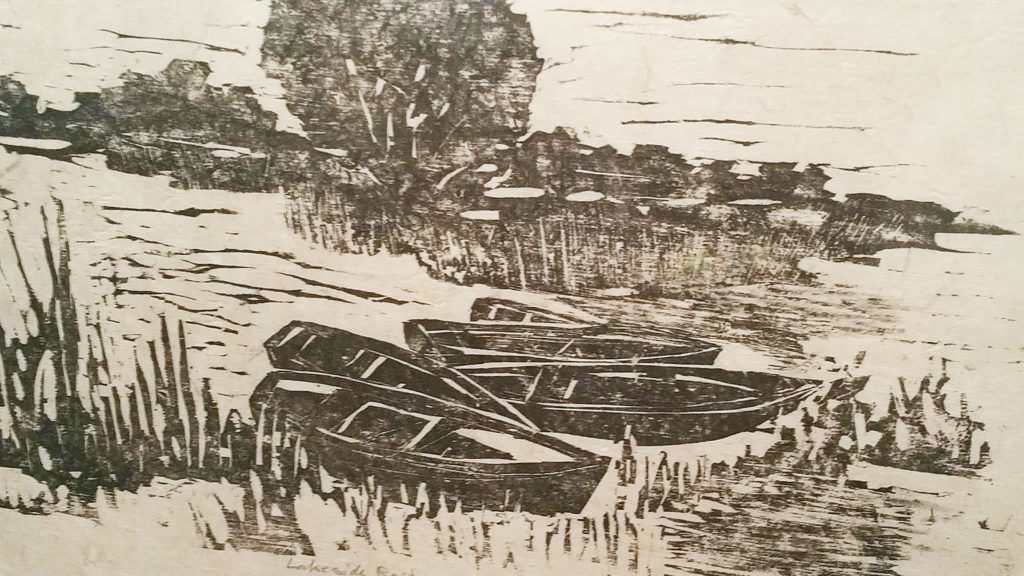
 Photo below taken during the winter of 2016, where Ilse looks so content to be with her sons at the opening reception of the 50 Years of The Third & Elm Press retrospective exhibit at the Redwood Library in Newport, RI. Now closing in on the 51st year!: GO ILSE NESBITT!
Photo below taken during the winter of 2016, where Ilse looks so content to be with her sons at the opening reception of the 50 Years of The Third & Elm Press retrospective exhibit at the Redwood Library in Newport, RI. Now closing in on the 51st year!: GO ILSE NESBITT!

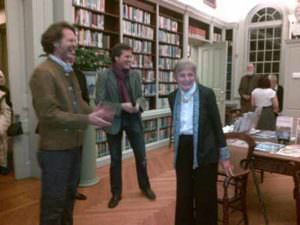
2 comments
Kathy English
I loved learning about this woman!
Paper Woman
Thank you for your kind comment!